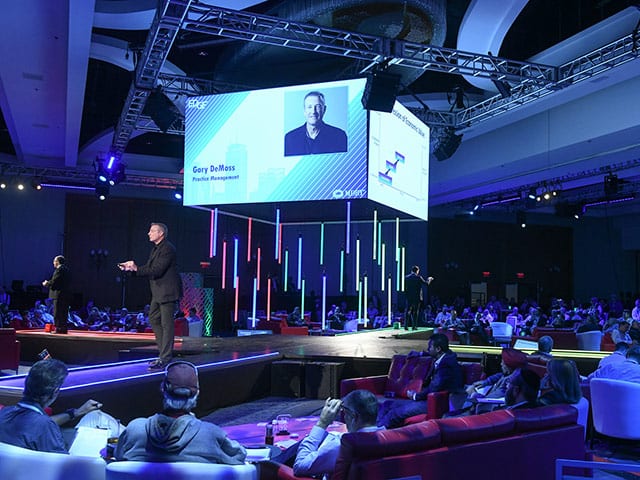Benefits of Light Emitting Diode Video Walls Compared to Traditional Projector Systems in Contemporary Visual Presentations
Benefits of Light Emitting Diode Video Walls Compared to Traditional Projector Systems in Contemporary Visual Presentations
Blog Article
Light Emitting Diode video walls have become progressively favored in various environments, such as schools, corporations, and entertainment venues. These sophisticated display systems offer several benefits over conventional projection technologies. Recognizing these advantages can help companies make informed choices about their display needs. This piece will examine the key benefits of LED video screens, including brightness, image clarity, flexibility, maintenance, and power efficiency.
One of the key important benefits of LED display walls is their luminosity. LED tech produces lively and bright pictures that can be easily seen in various lighting conditions. Unlike conventional projection systems, which can struggle in well-lit environments, LED display walls maintain their clarity and hue precision even in well-lit rooms. This makes them ideal for outdoor activities or places with large windows. The elevated brightness levels ensure that the content displayed is consistently clear, making it simpler for viewers to engage with the data being shown.
In furthermore to brightness, LED display screens provide enhanced image quality. They offer higher definition and improved hue reproduction compared to traditional projector systems. This means that pictures and footage displayed on an Light Emitting Diode wall appear crisper and more detailed. The pixel concentration of Light Emitting Diode screens allows for close viewing without sacrificing sharpness, which is especially important in settings like exhibition fairs or conferences where attendees may be close to the display. Furthermore, Light Emitting Diode tech can produce deeper blacks and more intense colors, enhancing the complete aesthetic impression.
Flexibility is another key benefit of Light Emitting Diode display screens. These systems can be configured in various dimensions and shapes to fit varied areas and design requirements. Unlike traditional projectors, which require a particular spacing from the display to operate correctly, LED video screens can be set up in a variety of environments. They can be curved, tiled, or even used in creative arrangements to create unique display exhibits. This adaptability allows companies to tailor their display exhibits to suit their particular needs, making LED video screens a versatile choice for any setting.
Maintenance is also a critical consideration when comparing Light Emitting Diode display screens to conventional projector systems. LED displays generally require less upkeep over the years. Conventional projection systems often need bulb changes and regular cleaning to maintain optimal performance. In contrast, LED tech has a greater duration and does not require frequent replacements. This lowers inactivity and upkeep expenses, making Light Emitting Diode video walls a more economical option in the long-term future. Organizations can focus on their presentations rather than worrying about the upkeep of their display systems.
Finally, power conservation is an essential factor for many companies. Light Emitting Diode display screens consume less power compared to traditional projection systems, which can lead to significant savings on power costs. This is especially advantageous for companies and locations that use screens for long times. Additionally, the reduced power usage of LED technology contributes to a reduced environmental impact, making it a more sustainable choice. By choosing Light Emitting Diode display screens, companies can benefit from premium display displays while also being mindful of their energy use and environmental footprint.
In summary, Light Emitting Diode display screens offer numerous advantages over conventional projector systems. Their brightness, image quality, adaptability, minimal upkeep requirements, and energy efficiency make them an excellent option for contemporary display screens. As innovation a great post continues to progress, LED video screens are likely to grow even more common in various settings, providing organizations with the resources they require to efficiently communicate and engage with their audiences.